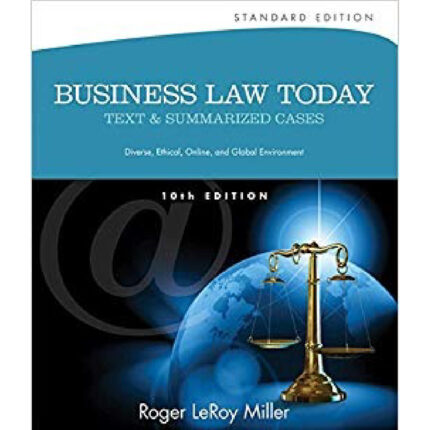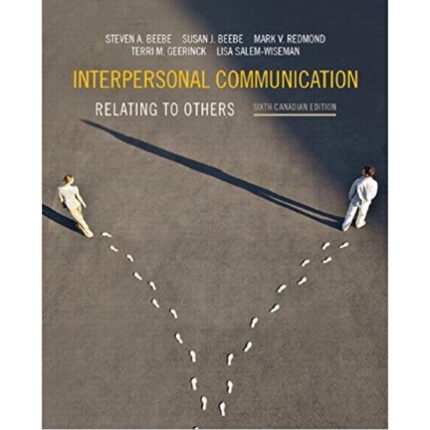Chapter 11: Conflict
Multiple Choice
1. Benefits of functional orientation of conflict include all of the following except:
A) Willingness to listen to opposing views
B) Openness to changing behaviors
C) Not accepting differences in others
D) They do not damage relationships
Ans: C
2. This behavior occurs when one saves all complaints and brings them all up in one conversation.
A) Hoarding
B) Gunnysacking
C) Arguing
Ans: B
3. Which conflict-management style attempts to find the middle ground and work toward it?
A) Avoidance
B) Compromising
C) Competitive
D) Accommodative
Ans: B
4. Conflict is apt to develop because we don’t like to feel compelled to do something we do not want to do. This is an example of what type of conflict-generating behavior?
A) Preemptive striking
B) Forcing
C) Blaming
D) None of the above
Ans: B
5. A conflict can result from which of the following except:
A) Real differences
B) Misunderstanding
C) Anger
D) Agreement
Ans: D
6. This conflict occurs when one or both of the parties fail to perceive that you actually agree.
A) Content conflict
B) Pseudo-conflict
C) Value conflict
D) Ego conflict
Ans: B
7. In this type of conflict, one party often aims to harm or at least seriously debilitate the other.
A) High-intensity
B) Low-intensity
C) Medium-intensity
D) Moderate-intensity
Ans: A
8. Blake and Mouton create this grid to determine conflict behavior and how people resolve conflict.
A) Conflict resolution
B) Conflict management
C) Conflict solutions
D) Conflict values
Ans: A
9. Because they believe conflict should be avoided in favor of harmony, those with accommodative styles are __________________.
A) Dangerous
B) Wishy-washy
C) Appeasers
D) Argumentative
Ans: C
10. In ___________ _____________, the parties to the conflict are the characters and the conflict is the plot.
A) Reality TV
B) DESC Script
C) Role reversal
D) Accommodating theory
Ans: B













Reviews
There are no reviews yet.